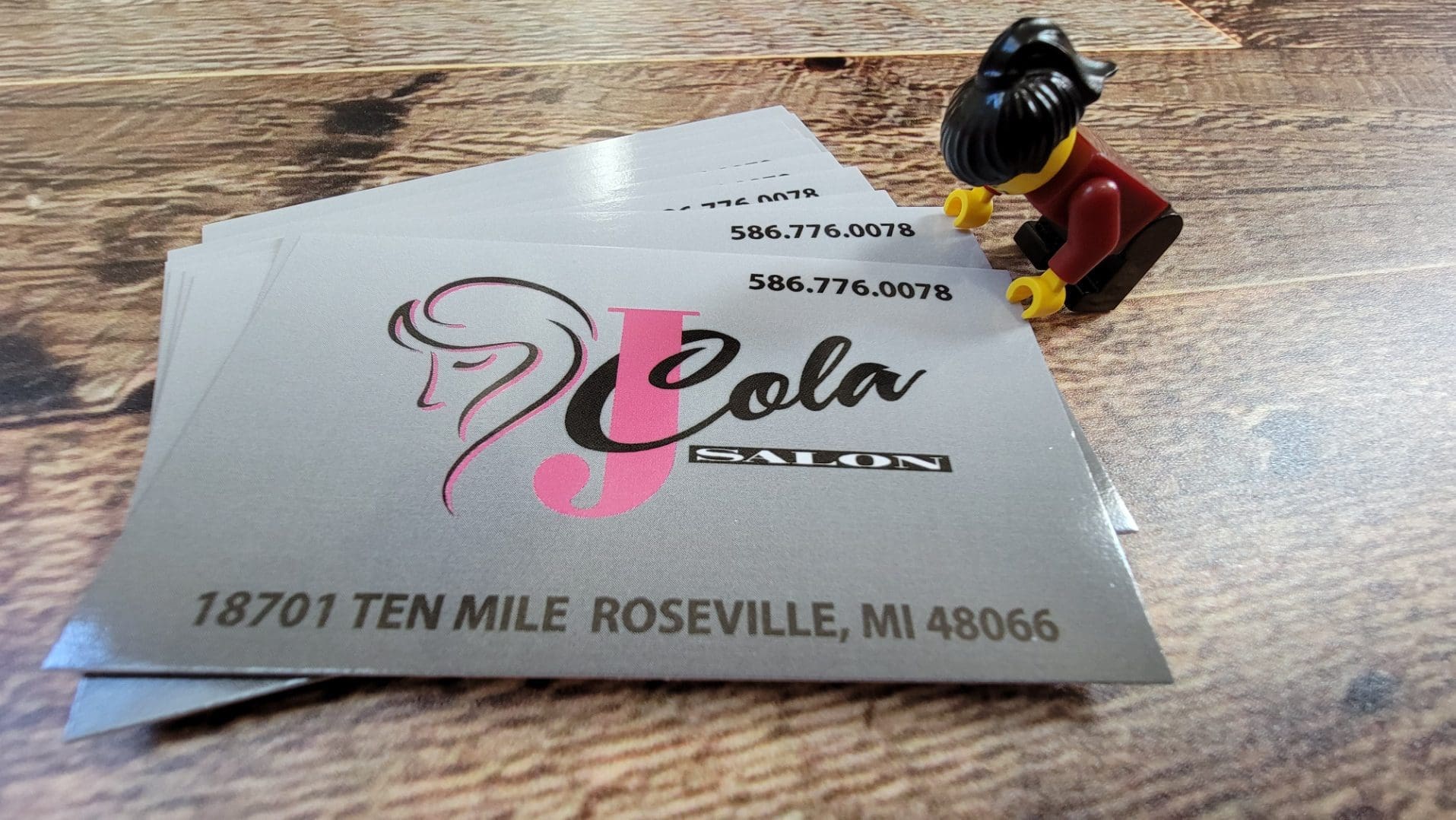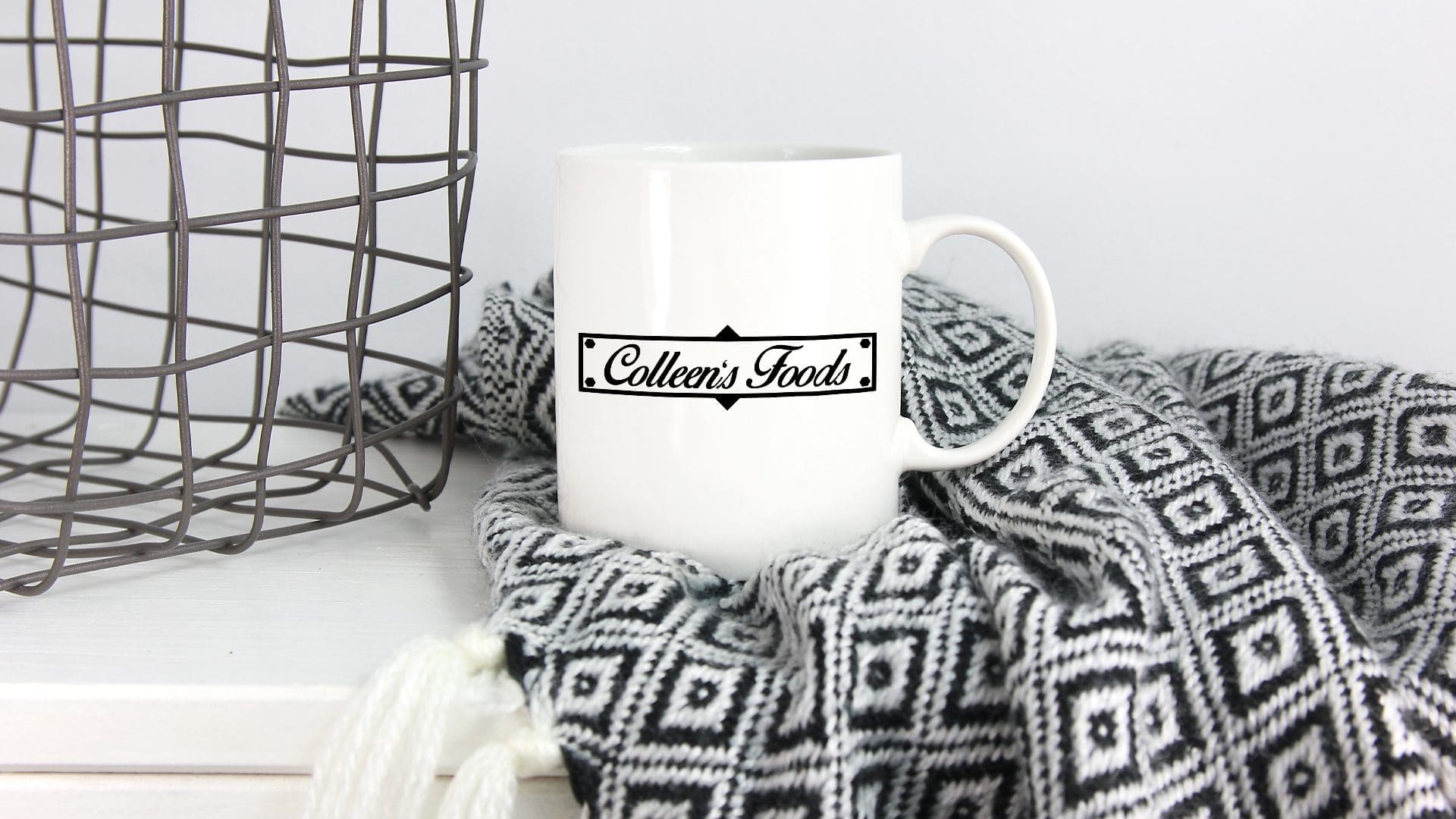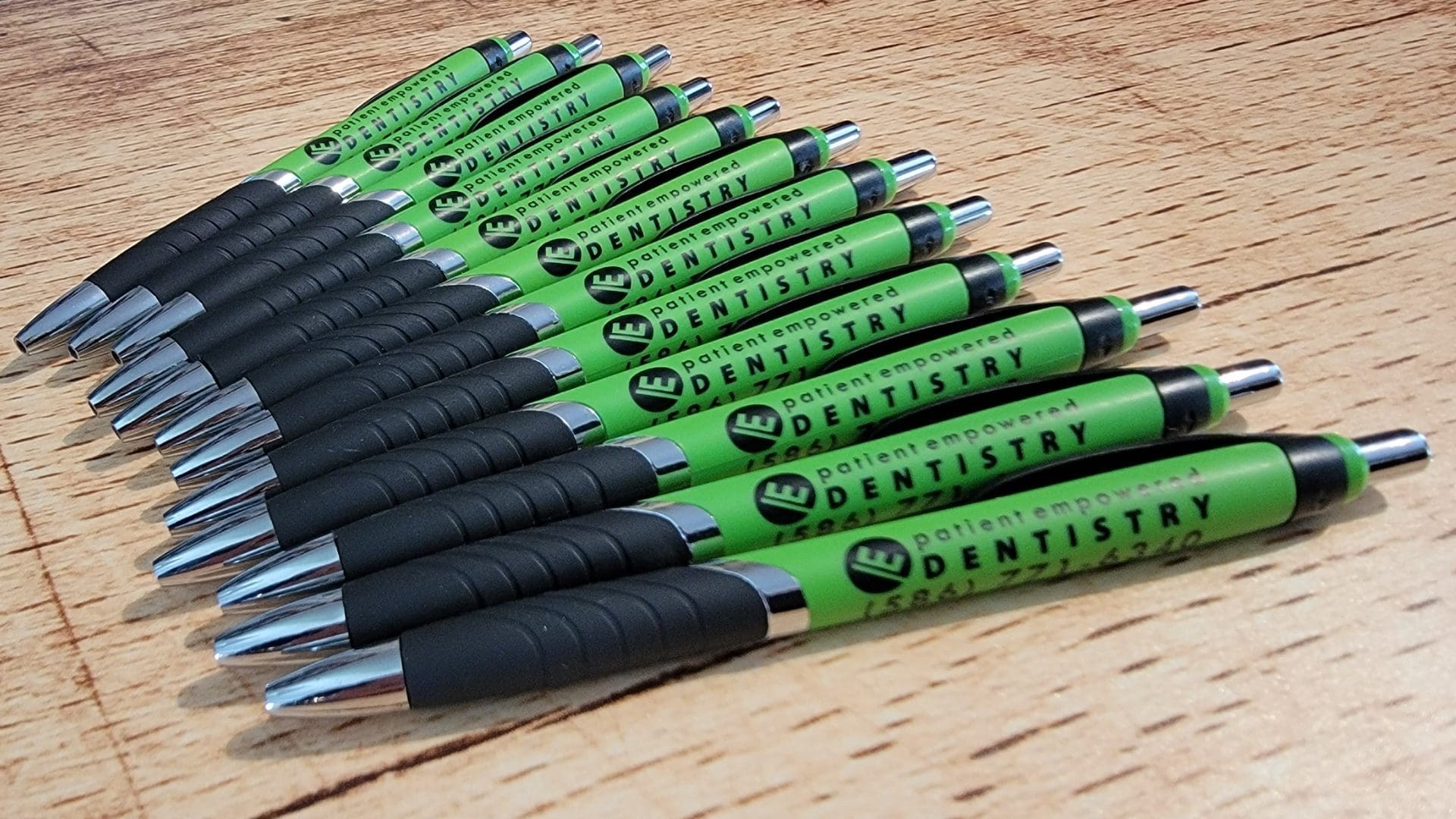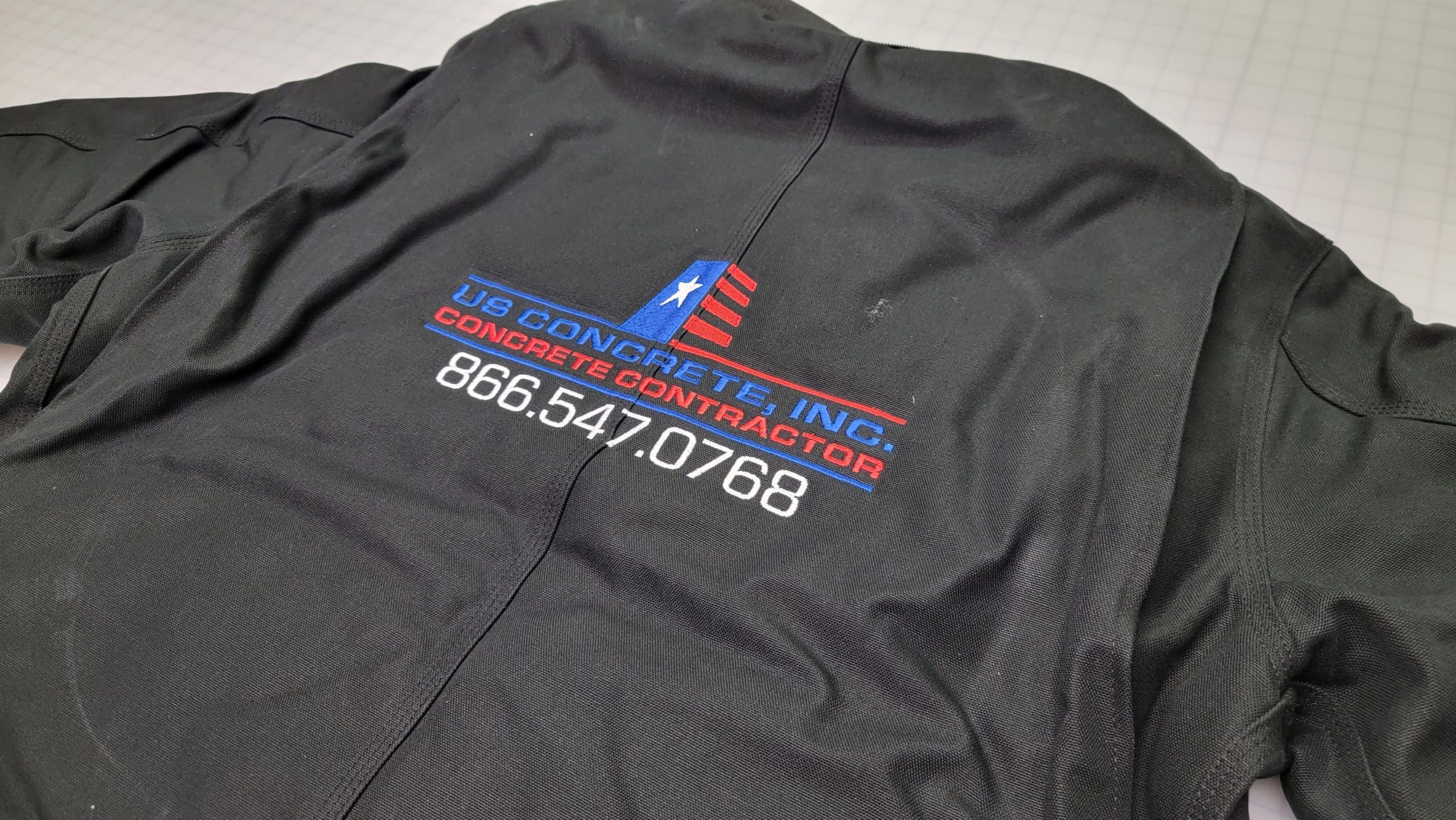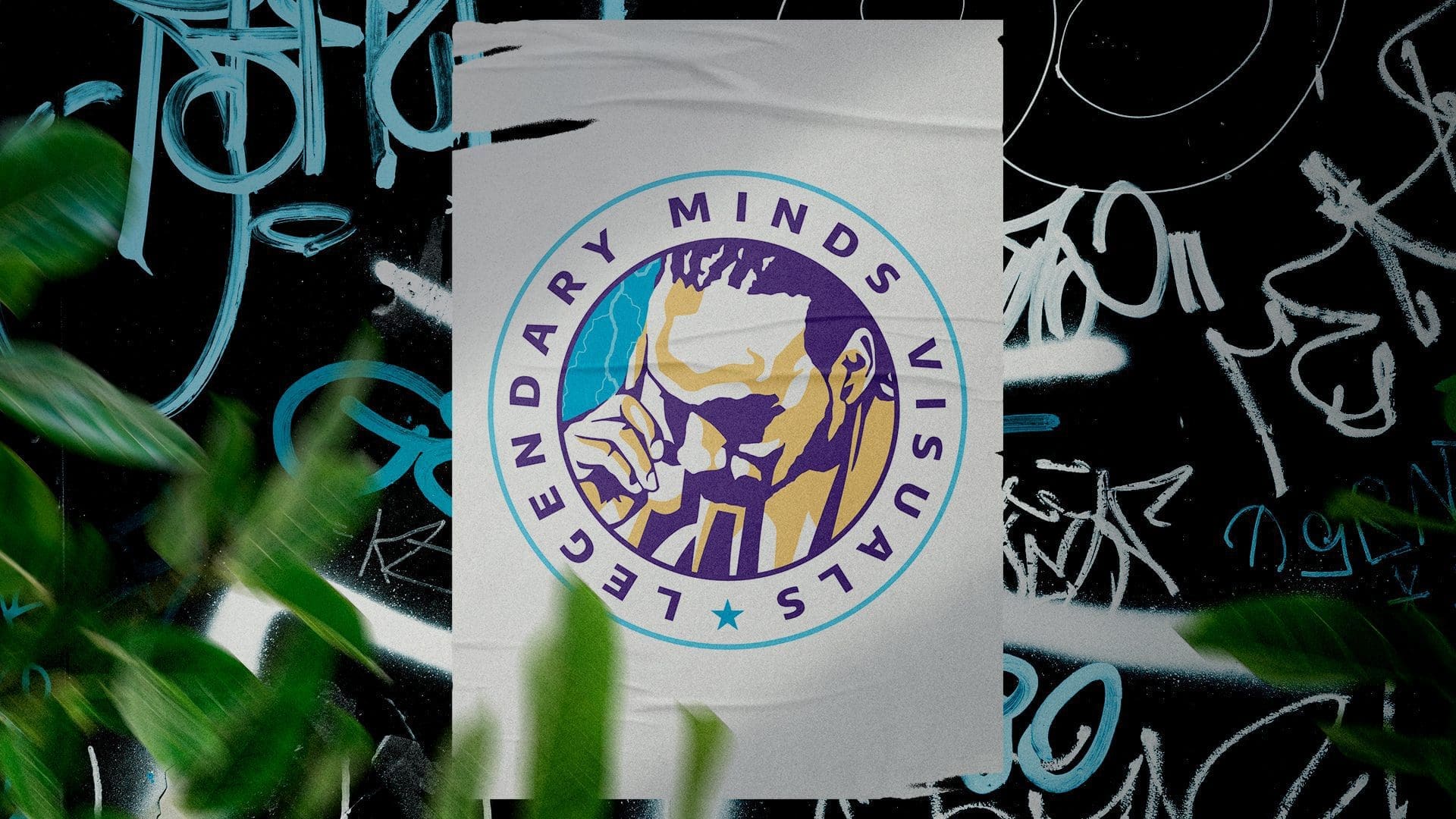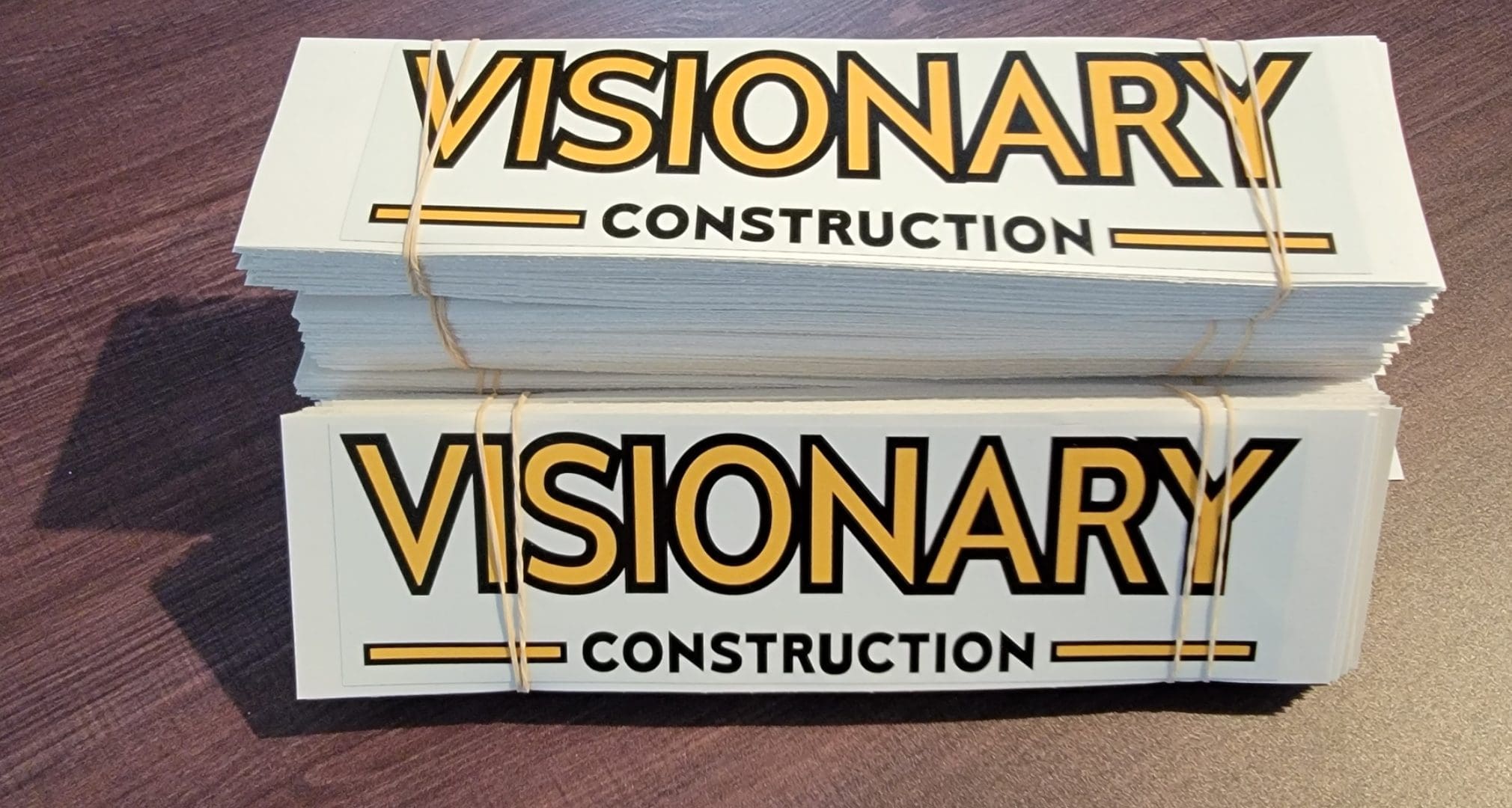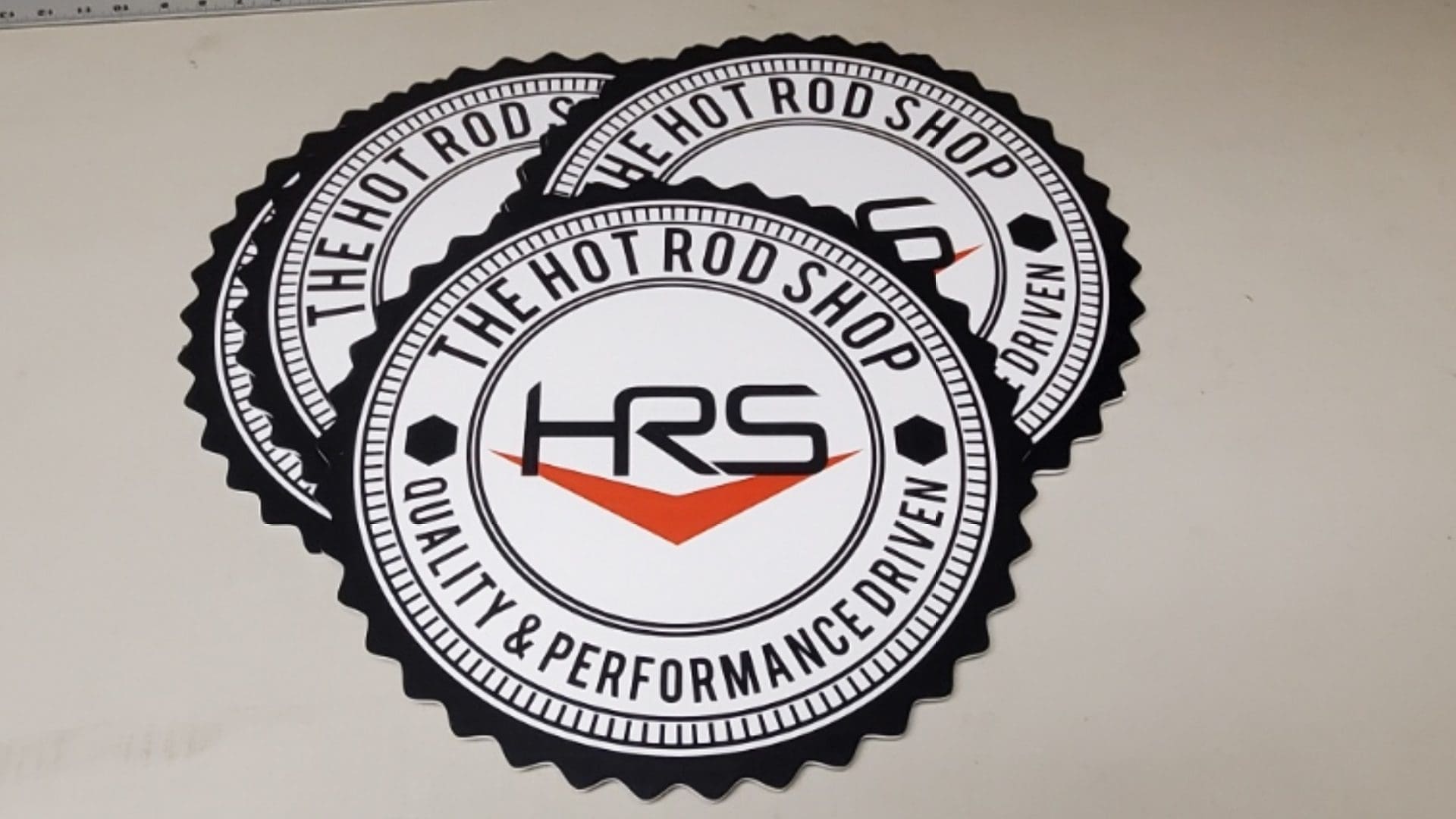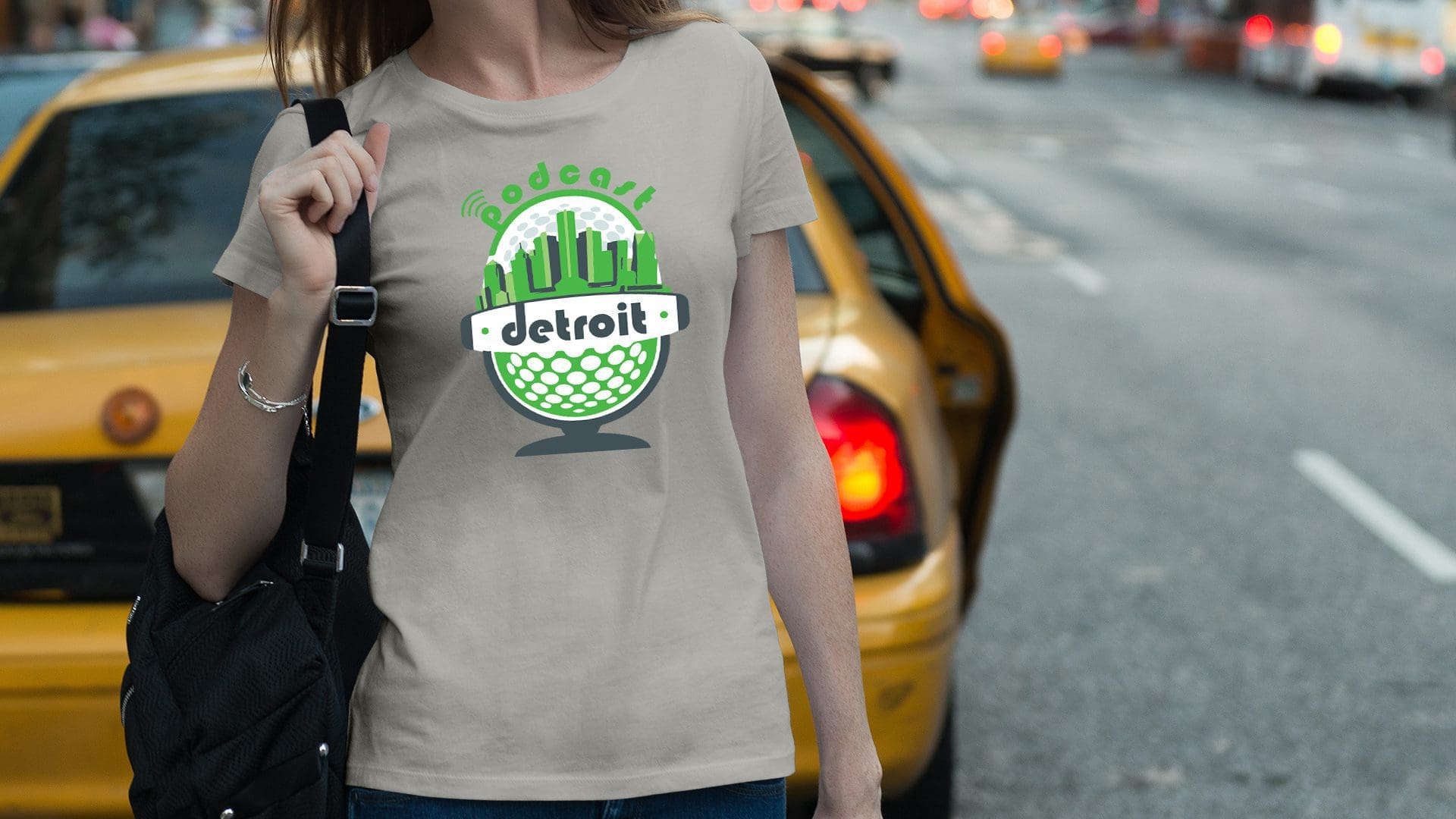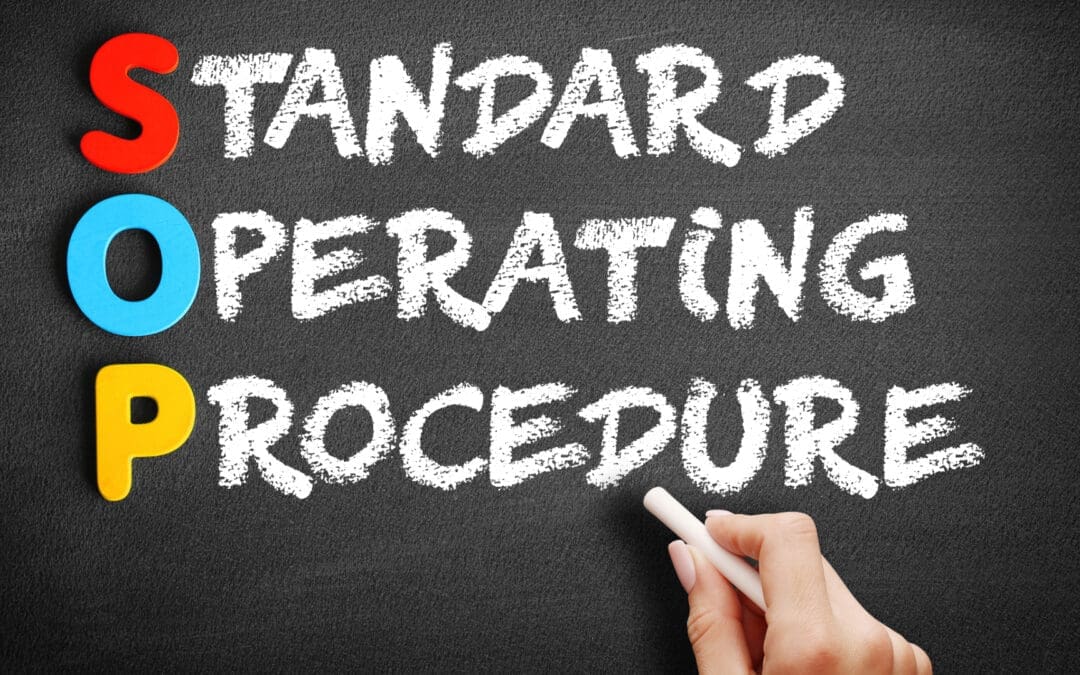A logo is one of the most essential elements of your company’s branding. It’s often the first thing people will notice about your business, so it’s important to make it immediately recognizable, memorable, and unique. Unfortunately, far too many companies make the mistake of creating generic logos that don’t say anything about their brand.
It’s common knowledge that a professional logo can do a lot for the visibility of your business. A good logo is memorable, visually appealing, and accurately represents your brand. However, creating a logo that stands out from the crowd and effectively communicates your brand’s mission is a challenging feat.
To create a logo that makes your brand identity stand out from the competition, there are some things you need to know first.
What are the Different Logo Types?
A logo is a symbol used to represent a company, brand, or product. There are many types of logos: abstract mark logos, pictorial mark logos, combination mark logos, wordmark logos, lettermark logos, monogram logos, letterform logos, mascot logos, emblem logos, and others. Each type has a different purpose, so it’s necessary to understand their differences before designing your logo.
Abstract Logo
Abstract mark logos are composed of simple shapes or symbols that are often abstractions of the company name or initials. They are designed to be easily recognizable and memorable. In addition, abstract logo design effectively evokes emotion and creates a unique brand identity.
Use an abstract logo to create a strong visual impact and establish an emotional connection with your viewers.
Pictorial Logo
Pictorial marks or logo symbols are image-based logos that represent the company, brand, or product. A pictorial mark can be a literal representation, such as an image of an object associated with the company (e.g., the apple logo), or more abstract representations that convey the company’s values or mission (e.g., Nike’s swoosh).
Pictorial logos are best for businesses that want to create an immediately identifiable brand presence.
Combination Logo
Combination mark logos are a combination of abstract marks and pictorial marks. They are designed to convey a more complex message about the company, brand, or product.
Combination logos are a great way to combine elements of both abstract and pictorial designs for a unique, memorable logo. For example, the FedEx logo is a combination logo that incorporates a wordmark logo (FedEx) and a pictorial mark logo (an arrow hidden between the “E” and “X”).
A combination logo design can combine any logotypes. Combination mark logos are often the most effective way to represent a company, brand, or product.
Wordmark Logo
Wordmark logos consist of simply the company name or initials written in a specific font. They are usually easy to read and recall, making wordmark logos well-suited for businesses with long names or complex products. However, because they rely on text alone, these types of logos can be less memorable than other types of logos.
Lettermark Logo
Lettermark logos are letters and symbols representing the company’s name or initials. They are often used for more established businesses, as they can create a strong visual identity without relying on words alone.
Lettermark logos are best used when your company has a recognizable acronym (e.g., NASA) or if you want to draw attention to the initials of the brand name (e.g., IBM).
Monogram Logo
Monogram logos feature a combination of two or more letters from the company name, usually in an overlapping form. They can be used to create a unique, recognizable logo that stands out from the competition.
Monogram logos are best used when your company has a short name (e.g., P&G) or if you want to focus more on the branding of the initials instead of the full name.
Letterform Logo
Letterform logos are composed of a single letter or symbol designed to be eye-catching and memorable. Letterform logos may include the company’s full name in a more simplistic style than the first letter of the brand name. For example, Coca-Cola’s logo is a letterform logo that uses the “C” from its full name.
Letterform logos are best used when your company has a short, memorable name (e.g., Intel).
Mascot Logo
Mascot logos feature characters (animals, people, etc.) representing the company, brand, or product. These logo symbols often create a more lighthearted, approachable logo that customers will respond to positively. A mascot logo is best used when the company wants to create a friendly, recognizable brand identity.
Companies targeting kids, such as McDonald’s, often use mascot logos. Sports teams also use mascot logos to represent their teams.
Emblem Logo
Emblem logos are composed of symbols, text, and images arranged in a specific composition. They are often used to represent organizations and institutions because they convey a sense of tradition and respectability.
Emblem logos are best used when your company wants to create a classic, timeless logo. Universities, for example, often use emblem logos with their name or initials featured prominently.
These are just some of the many types of logos that you can use to create a unique and compelling brand identity. You may also hear about things like a dynamic logo, 3D logo, or animated logo. Still, these are not types of logos but design techniques you can apply to any logo.
It’s essential to understand the different types before you begin designing your logo to make an informed decision about which is best suited for your business. Then, once you’ve decided on the type of logo you want to create, it’s time to start designing.
What Elements Should Your Logo Include?
Your logo should reflect the unique identity of your business. To ensure it does, consider including elements such as color palette and typography. The colors you choose should be meaningful and represent your brand’s values. Additionally, the typeface you use for logo designs should be legible and communicate the right message. Finally, consider adding a tagline or slogan to your logo. This can help customers understand what your business is all about and make it easier for them to remember your brand.
Which Logo Types are Best for Which Industries?
There is no one-size-fits-all solution when it comes to choosing a logotype. The best approach is to consider the nature of your business and what kind of message you want to communicate before making a decision. In addition, different types of logos are better suited for different industries.
For example, businesses in the fashion industry may want to consider combination mark logos or lettermark logos. In contrast, firms in the technology industry may benefit from an iconic abstract logo or emblem logo. Mascot logos tend to be most successful for companies in the entertainment industry. Monogram logos are often used for businesses in the financial services sector or law offices. In contrast, letterform logos are well-suited for companies in the healthcare industry. Finally, companies looking to make a bold statement or be more modern may consider using a dynamic logo or a 3D logo. A professional designer can help you determine which type of logo is ideal for your business and create a custom design that reflects your brand’s values.
It’s essential to choose a logo design that reflects your business’s values and speaks to your target audience. Brand recognition is key to success, so ensure your logo is memorable and relevant.
Creating the perfect logo can be difficult, but it doesn’t have to be. With the proper knowledge and understanding of the different types of logos and design elements, you can create a unique, recognizable, and effective logo representing your business.
How to Avoid Creating a Generic Logo
In this day and age, new businesses pop up every day. Logo design can make or break your brand, so creating one that stands out from the crowd is important. Getting caught up in trends and creating a generic logo that looks just like everyone else’s can be easy. The last thing a coffee shop logo needs is a coffee cup logo symbol.
When designing your logo, it’s important to look beyond the obvious and think outside the box. Consider unique combinations of shapes, typefaces, and colors that symbolize your business. Look for inspiration in other successful logos, but make sure you create something distinct and original. And above all else, make sure your logo is meaningful!
Here are 14 tips for creating a logo that will make your company stand out from the rest.
1. Don’t Use Clip Art or Stock Images
Generic clip art and stock images are easy enough to find, but they’re also very ubiquitous. The problem is that a logo created with these materials will never be truly unique because there’s always another person out in cyberspace trying their best, just like you! It takes more than a good idea to create logo designs; you need the right skill set to make an impactful design while staying true to the company’s roots, which sometimes means hiring a graphic designer is the best option.
2. Don’t Incorporate Too Many Elements
Sometimes, trying to do too much with a logo can make it harder for the viewer to understand what you’re trying to communicate. Too many elements can also make it look cluttered and confusing. Keep your design minimalistic, simple, and memorable by incorporating only one or two elements that work together in harmony. If creating a wordmark logo, try experimenting with different typefaces and lettering styles. Don’t overcrowd the logo with too many fonts or symbols. For an emblem logo, try to find one symbol representing your brand. Keep your logo designs simple.
3. Don’t Depend on Current Trends
Trends come and go, but a good logo should be timeless. That means avoiding design choices that might look dated in a few years. Stick with classic fonts and colors that will stand the test of time. Look to the past for inspiration, and consider how your logo will look years down the line. A timeless logo should still be relevant in 10 or 15 years. If your industry has key players in business for decades, look up their logo and use it as inspiration for your design.
4. Don’t Make It Too Complicated
Your logo is one of the first things potential customers will see, so it’s important to make a good impression. An effective logo should be easy to understand and remember. That means avoiding overly complicated designs with lots of small details that might be difficult to see in smaller sizes (like on a business card). A complex logo with lots of small details may look great on a website or printed in a brochure, but it can be challenging to understand at a glance. For example, monogram logos shouldn’t need a legend – they should be self-explanatory.
Instead, focus on creating a simple, clean design that can be easily reproduced in various media. And remember that your logo should be consistent with your brand identity. For example, if you’re selling funky, stylish clothes, your logo should reflect that. Take some time to brainstorm ideas and sketch a few potential designs before settling on the perfect one.
5. Don’t Copy Others
As tempting as it can be to use someone else’s design as a starting point, copying is never OK. Not only is it unethical, but it could also get you into legal trouble if the original designer decides to take action. As a rule of thumb, don’t use it if it looks too similar to someone else’s logo! Instead, aim for something unique that stands out from the crowd.
6. Don’t Use a Free Logo Maker
Free logo makers are everywhere but won’t give you a professional-looking design. Although these tools may be tempting, the results will likely look generic and unimaginative – which is not what you want for a company logo. If you don’t have the budget to hire a graphic designer, try creating your own design and partnering with a graphic design team to refine it. That way, you’ll get a custom logo unique to your business without breaking the bank.
7. Consider Negative Space
When you create logos, the empty space around your logo is just as important as the logo itself! So make sure you leave some breathing room in your design, so it doesn’t appear cluttered or cramped.
8. Don’t Fail to Proofread
A typo in your logo might not seem like a big deal, but it can make your brand look unprofessional and careless. So before you finalize your design, make sure you proofread it carefully for any mistakes.
9. Ensure Brand Consistency
Your logo should be consistently used across your marketing materials—from your website and social media accounts to print ads and business cards. This will help ensure that you build brand recognition, so they know your brand mark no matter where they see it.
10. Test It Out
Before you commit to using a particular logo design, make sure you test it out first! Show it to potential customers, friends, and family members for feedback on what they think about it. You want to ensure the logo resonates with your target audience before using it. This can help ensure that you create a unique and effective design for your brand.
11. Don’t Leave it Up to a Logo Design Contest
When creating an effective logo, instead of a design contest, it’s best to leave the design to a professional. Creating your own logo can be difficult and time-consuming, and you may end up with visual branding that’s not up to par. Instead, hire a professional logo designer to create a logo that accurately represents your brand. There are many online resources where you can find talented logo designers or ask for referrals from friends or colleagues. Take some time to research different designers and compare their portfolios before making a decision. And be sure to get feedback from your target audience before finalizing your design.
12. Never Use a Website Like Fiverr for Branding Materials
While using a website like Fiverr for cheap logo design and other branding materials may be tempting, there are better ideas than this. Working with an inexperienced designer can be very risky, as they may not have the skill or attention to detail required to create a high-quality logo that accurately reflects your brand. Even if you get a great logo design, you may not get suitable files for printing or other uses. It’s always best to invest in a professional logo designer who can help create a unique, memorable design that stands out from the competition.
13. Seek Professional Help
Your company’s logo is one of the most critical aspects of its branding. So it’s crucial to make it unique, memorable, and immediately recognizable. Unfortunately, far too many companies make the mistake of creating generic logos that don’t say anything about their brand identity. If you want to avoid having a generic logo, invest in professional help. Reaching out to experienced logo designers will ensure that you get a logo that accurately reflects your brand and resonates with your target audience.
14. Have Fun With It!
Creating a logo doesn’t have to be a stressful experience! In fact, it can be quite fun if you approach it with the right mindset. Take some time to experiment with different colors, shapes, and ideas until you develop something uniquely yours. That way, when people see your logo, they’ll immediately recognize it and know what your brand stands for. So don’t be afraid to have a little fun while creating your logo!
Create Marketing Material That Will Get You Noticed!
In today’s competitive business world, your logo is one of the first things potential customers will notice about your company. Therefore, having a logo that accurately represents your brand and conveys the message you want to send is crucial.
Creating an effective logo is a challenging feat. Still, making a good impression on your target audience is essential. From choosing the right colors and shapes to testing out different designs, you can do plenty of things to create a unique and memorable logo. Just make sure to take your time, experiment with different ideas, and get feedback from your target audience before finalizing your design.
Investing in professional help is the best way to ensure that you get a logo that truly reflects your brand and resonates with your customers. Then, with the right approach, you can create an eye-catching logo to help you stand out from the competition!
Good luck, and feel free to contact Fusion Marketing if you need any help with your branding and logo designs!

